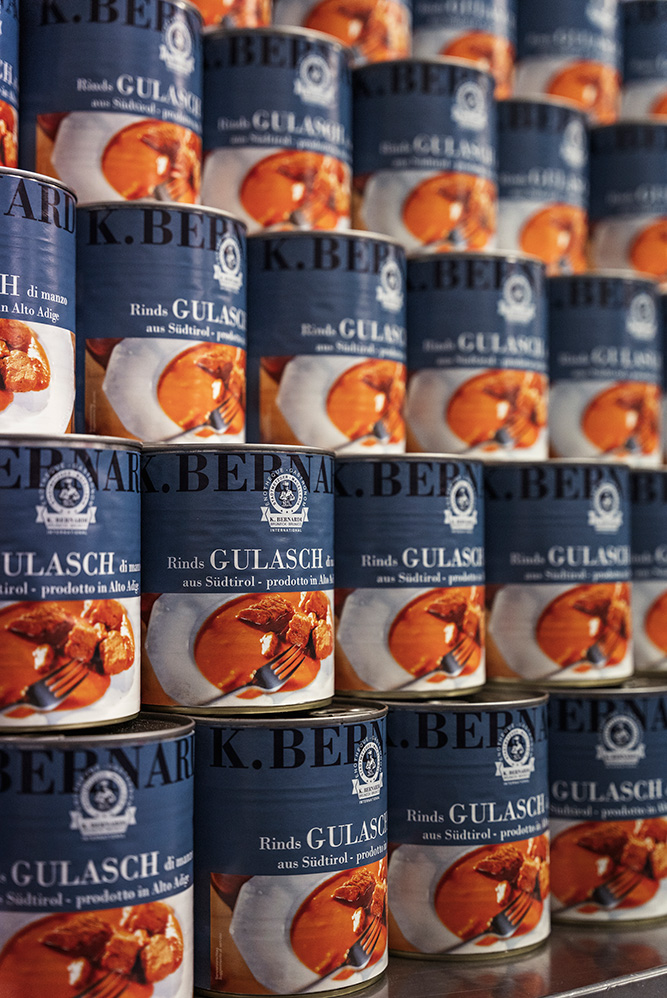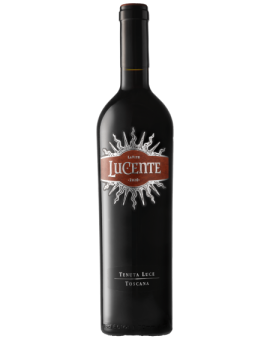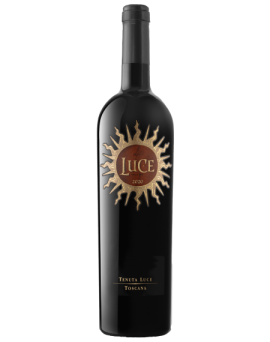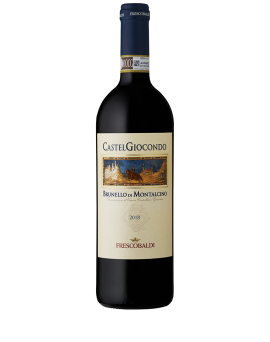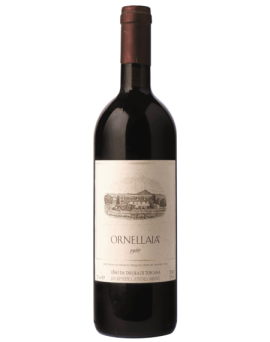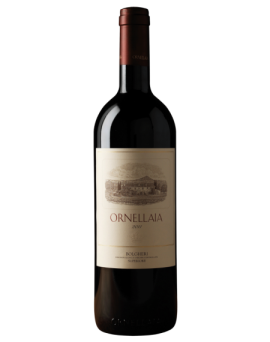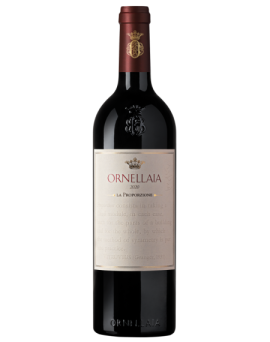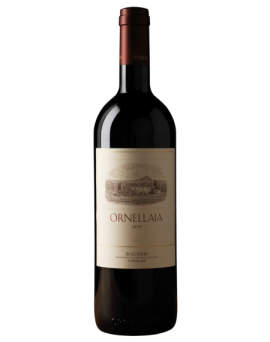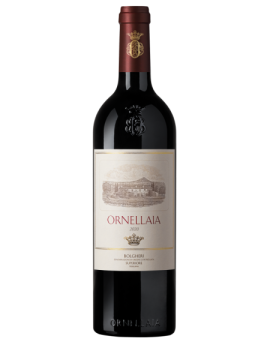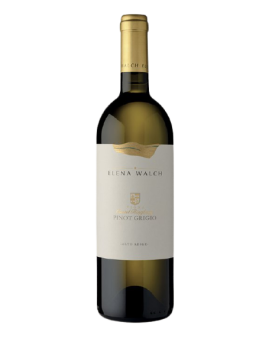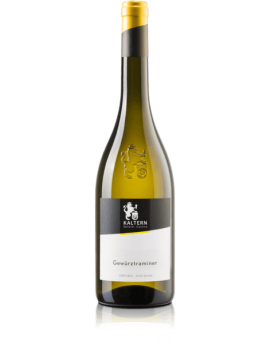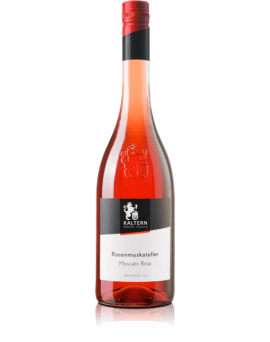ORNELLAIA 2020 'LA P ROPORZIONE'<br />- BOLGHERI DOC SUPERIORE RED<br />Ornellaia was born from the encounter between nature and thought. Ancient and complex soils dialogue through the wisdom of man with a delicate microclimate that finds<br />its echo and mirror in the Mediterranean Sea. Long ageing accompanies the estate's great wine to its fullest expression, revealing over time its finesse, breadth and<br />generosity.<br /><br />E NOLOGIST'S TASTING NOTES<br />50% Cabernet Sauvignon, 32% Merlot, 13% Cabernet Franc, 5% Petit Verdot Alc. 14.5% vol. 'With its usual intense ruby red colour, Ornellaia 2020 is characterised on the<br />nose by aromas of ripe red fruit and delicate notes of vanilla and sweet tobacco. On the palate the wine is soft and velvety, with a pleasant, enveloping mouthfeel that invites<br />a second sip. The tannic texture is dense and at the same time elegant and the finish is savoury and beautifully persistent.' - Olga Fusari - Winemaker - July 2022<br /><br />THE CLIMATE OF 2020<br />After a mild and rainy winter, March saw a temporary drop in temperatures with a few nights below 0°C right at the start of budding in the last week of the month. The newly<br />budded shoots were, however, still protected by the cotton bud tissue, which prevented frost damage. The rest of spring saw generally warm weather with normal rainfall,<br />ensuring regular vegetative development until flowering, which took place between 20 and 25 May. In June, a passage of heavy rainfall towards the middle of the month was<br />followed by a very long dry period with a substantial absence of rain and torrid temperatures until the end of August. The veraison took place evenly and quickly between 20<br />and 25 July, starting the ripening of the grapes under a blazing sun. Rains arrived at the end of August, which led to a considerable drop in temperatures, with night-time<br />lows as low as 13°C, ideal conditions for completing the ripening of the Merlots. They were harvested early and quickly, in just two weeks, in order to preserve as much<br />freshness and fruitiness as possible, just in time to avoid a sudden week-long heat wave where the thermometer marked up to 37°C, causing sugar levels to soar for all the<br />varieties still to be harvested, leading us to begin harvesting Cabernet Franc and Cabernet Sauvignon from the young vineyards as early as 17 September. Towards the end<br />of September, a passage of rain finally brought the weather conditions back to normal, the water absorbed by the grapes lowered the alcohol levels back to normal values,<br />allowing us to conclude the harvest of Cabernet Sauvignon and Petit Verdot on 3 October.<br /><br />VINIFICATION AND FINING<br />Harvesting was carried out by hand in 15 kg crates and the grapes were sorted on a double sorting table before and after destemming and then subjected to a soft crushing.<br />In 2016, optical sorting was introduced in addition to manual selection to further increase the quality of the selection. Each variety and each plot was vinified separately.<br />Alcoholic fermentation took place partly in stainless steel vats and partly in concrete vats at temperatures between 26 and 30°C for a week, followed by a maceration period<br />of around 15 days, with a total stay in the vats of around three weeks. Malolactic fermentation took place mainly in oak barrels (70% new and 30% second passage). The<br />wine remained in barriques in the<br />Ornellaia cellar at a controlled temperature for a period of about 18 months. After the first 12 months, it was blended, then reintroduced into the barriques, where it spent a<br />further 6 months. The wine remained in the bottle for 12 months before release. - Axel Heinz - Estate Manager<br />
Price
€291.40

